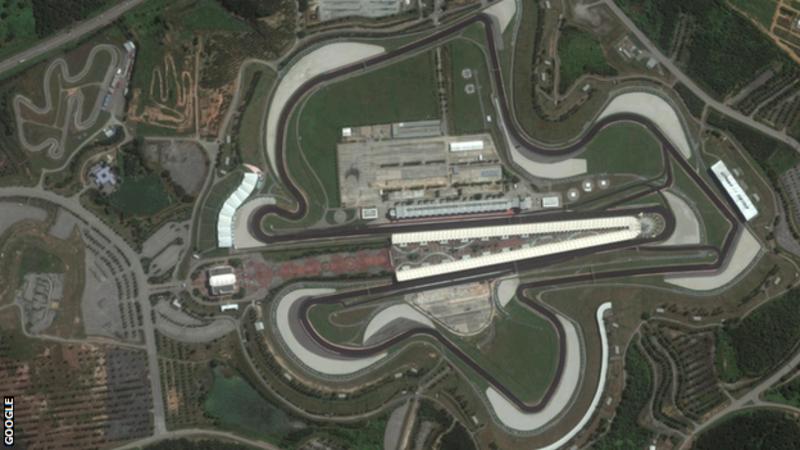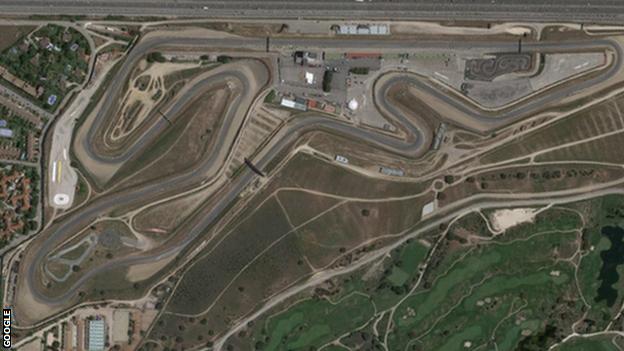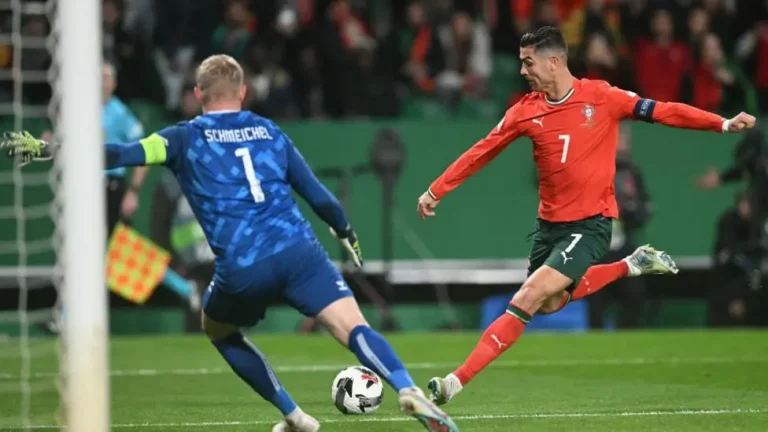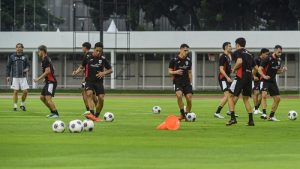Sepang joins numerous reminiscent names from the past – Kyalami, Zandvoort, Estoril – and in addition maybe less suggestive ones like Buddh and Yeongam, in being a circuit deserted by motorsport’s first class. Spain’s Jarama circuit close Madrid was regarded excessively limit for F1 as far back as the mid 1980s.
Thus Spain lost its Grand Prix for a long time, until the Circuito de Jerez opened, trailed by another track close Barcelona, where F1 has raced (and tried) from that point forward.
Jarama, however, keeps on flourishing – facilitating sports car, visiting car and cruiser races – even trucks.
Imola in Italy – the previous setting of the San Marino Grand Prix, and once, in 1980, the real Italian Grand Prix, while Monza was being redeveloped – does much the same, with the 6 Hours Of Imola sports car race a feature of their logbook.
Here are a few things racetracks have a tendency to have in like manner: they take up a great deal of room; they have great transport joins; they are sanctuaries for brandish fans; everybody knows where they are.
The British Grand Prix used to be at Aintree, all things considered.
In light of that, if the circuit isn’t doing much, why not put an alternate game in there?
That is the thing that Rio did when it won the privilege to have the Olympics for 2016.
Brazil used to turn its Grands Prix between the old, long Interlagos circuit in Sao Paulo and Rio’s Jacarepagua – later named the Autodromo Internacional Nelson Piquet to pay tribute to the triple best on the planet.
Be that as it may, after Interlagos was redeveloped – and as Rio’s Piquet turned out to be altogether overshadowed in the affections of the Brazilian open by the Paulista Ayrton Senna – Jacarepagua and its dazzling setting was deserted.
So when Olympic organizers required a major space to put the Olympic Park, it was precisely what they required.
Imola has, then, been doing combating Monza in the courts to recover the Italian Grand Prix – a battle it just at last surrendered a year ago.

















